Felipe Fuentes: Not Such a Long Farewell
MY TURN-This political year has been like an addiction … a very bad drug for those of us who are political junkies. You don't want to watch the events on TV, but you don't want to miss anything either. And as if it wasn't bad enough to be counting down the days to November 8 … we now have a local election issue that won't be resolved until next March.
I’m sure most of you have heard that Felipe Fuentes, Councilmember for District 7, is leaving his post in September. Social media and the mainstream press have covered his resignation extensively. He has accepted a position with the legislative advocate The Apex Group in Sacramento.
He assured everyone that he did not entertain new job opportunities until after he announced his intention not to seek re-election back in January of this year. His current term of office doesn’t expire until June 30, 2017.
District 7, which extends from east of the 405 to the border with Glendale, sometimes reminds me of poor Job in the Old Testament. They have fires, homeless encampments, poor roads, speeding problems with constant accident fatalities, increased crime, floods (unless we have a drought), NYMBYism, and in some areas, the need for economic and job development.
District 7 is a microcosm of Los Angeles. The stakeholders there represent all economic levels, and cover the entire political spectrum -- which can make for interesting discussions. Beautiful rural areas, including animal preserves and hiking trails in the San Gabriel Mountains, are mixed in with industrial parks and car repair blight. Developers want to increase the density. High Speed Rail threatens to split some communities in half. Residents there are multi ethnic, multilingual and care deeply about their neighborhoods.
I became familiar with Felipe Fuentes last year when he evicted the Sunland Tujunga Neighborhood Council and a police substation from the designated City Hall in this part of the Northern San Fernando Valley. Ostensibly, his reason was to give the space to a couple of non-profits that were working on homeless projects.
I covered that rather ugly event in a CityWatch article in October. I had tried to get some explanation from either him or his offices to no avail. Apparently, his typical response was no response. This is something his constituents faced most of the time. I again questioned his motives in a CityWatch piece in January called "Felipe Fuentes: The Long Farewell." It seemed strange that he would cloak himself in the "lame duck" attire eighteen months ahead of time.
Of course he and his fellow Councilmember Nury Martinez had been questioned as to why, on City time, their respective staffs helped with Raul Bocanegra's recount for the 39th Assembly district when he was defeated by Patty Lopez. There has been no further news on that lately.
Scouring the internet, I couldn’t find a single post from anyone who is sorry to see him leave. This is pretty remarkable since he did manage to raise a lot of money for his council campaign in 2012. His biggest donors were building trades associations. Coincidently, his new position with The Apex Group will be with their construction and building trade sectors.
I asked Darren Martinez in the City Attorney's office if there is any rule against an elected official becoming a lobbyist immediately after leaving office or it there is a waiting period, which is standard in Federal and State ethics rules. As of now, I’ve had no response from the City Attorney. I guess they are too busy defending the City against lawsuits. Someone knowledgeable in LA ethics law told me that the City has the same ethics rule but since he is going to work for a lobbying group outside of Los Angeles, it doesn't apply.
He should have resigned in January which could have allowed a new councilmember for District 7 to be elected. Doing it now is like making a farewell obscene gesture to his constituents: He’s leaving them without a representative for another year. Council President Herb Wesson will appoint a "caretaker" from the Legislative Analyst’s department.
Some of Fuentes constituents told me that they will be better off with him gone because he wasn't doing anything for them anyway. While this may be true, he did, after all, make a commitment to serve for four years. It seems that he managed to do the minimum amount of work just to set himself up to take a much higher paying position when leaving office.
He managed to spearhead the new Charter amendment on the November ballot which restructures the DWP. But what did he accomplish for his constituents? Aside from telling some of the NCs in his district that he didn't need them and helping with some cleanup and playing favorites...not much.
The LA Times grudgingly endorsed him in 2012 with the caveat that he could do a great job or a poor one. Yesterday they concluded it was poor.
Now, at least 21 people have filed papers for the vacancy. It looks like representatives from the entrenched SVF political machine will try to use their considerable influence and power. There are also political staff members from other Council offices who are getting a head start on fundraising. Don't forget…this primary election isn't until March 2017. There are quite a few civic activists and some ordinary citizens also looking at this job.
I urge the stakeholders in District 7 to vet all these candidates carefully. You are at a crossroads and you need someone who will commit to doing his or her best 24/7. Hold their feet to the fire! Make them give you more than a glimpse of their visions and how they plan to achieve their goals. The term of office will be five plus years, so make them promise publicly that they will fulfill the whole term of office.
Felipe Fuentes will serve as a great example of what you don't want in your next councilmember!
As always ... comments welcome.
(Denyse Selesnick is a CityWatch columnist. She is a former publisher/journalist/international event organizer. Denyse can be reached at: [email protected]) Edited for CityWatch by Linda Abrams.)



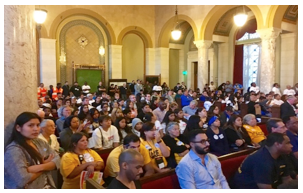 At the City Hall hearing, where more than 140 people testified, local residents brought up a number of serious concerns with planning commissioners David Ambroz, Renee Dake Wilson, Veronica Padilla, Caroline Choe, Samantha Millman, John Mack, Robert Ahn and Dana Perlman, including:
At the City Hall hearing, where more than 140 people testified, local residents brought up a number of serious concerns with planning commissioners David Ambroz, Renee Dake Wilson, Veronica Padilla, Caroline Choe, Samantha Millman, John Mack, Robert Ahn and Dana Perlman, including: 

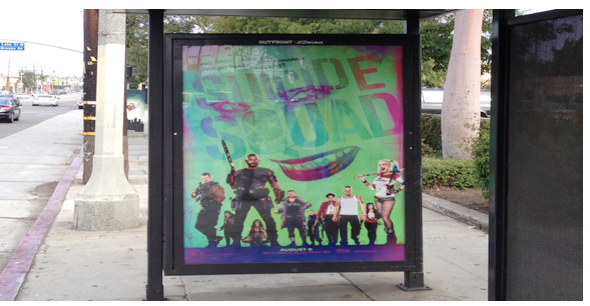






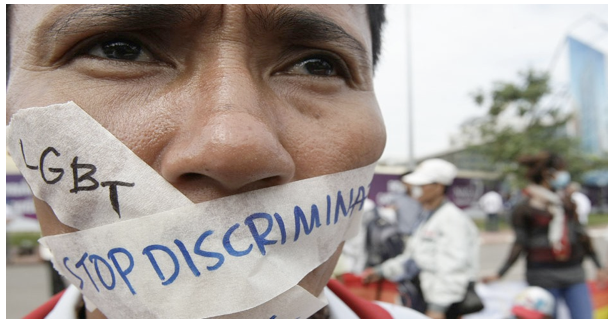
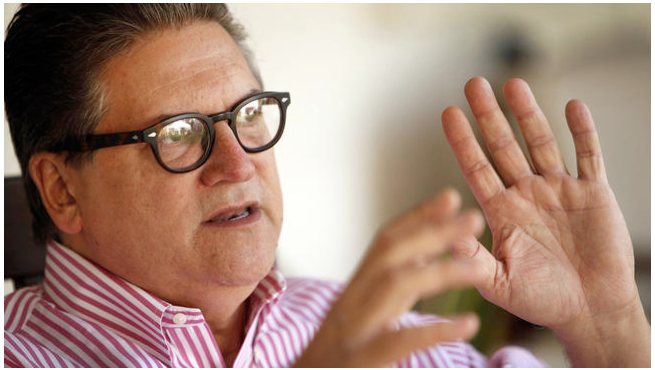
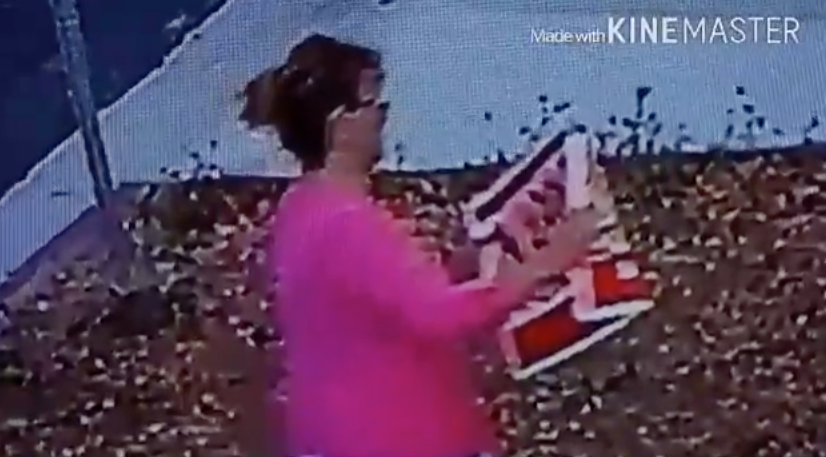
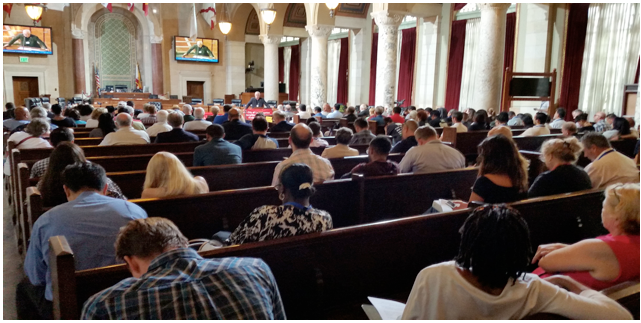
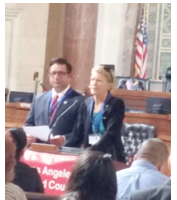 Liz Amsden, BA Co-Chair, opened the ceremony with, “…we provide role models in our communities and for our leaders, and see positive outcomes. That’s why we’re here today to learn a little more to be able to give our neighbors a hand, not to make money but to develop and nurture human capital.”
Liz Amsden, BA Co-Chair, opened the ceremony with, “…we provide role models in our communities and for our leaders, and see positive outcomes. That’s why we’re here today to learn a little more to be able to give our neighbors a hand, not to make money but to develop and nurture human capital.” 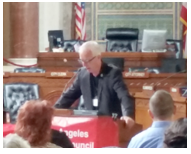 Jay Handal (left) opposes the $1 billion bond because there are too many unanswered questions, such as:
Jay Handal (left) opposes the $1 billion bond because there are too many unanswered questions, such as: 
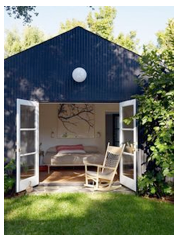 In order to strike fear in homeowners groups, they continue to make baseless and unsupported claims that the city's second unit policy provides for unrestricted and "weak" regulations of second units, and that the city has an "existing ordinance" that should be preserved. These claims however, are completely detached from reality.
In order to strike fear in homeowners groups, they continue to make baseless and unsupported claims that the city's second unit policy provides for unrestricted and "weak" regulations of second units, and that the city has an "existing ordinance" that should be preserved. These claims however, are completely detached from reality.
 All of which makes SOAR worth celebrating. But there is a problem with those walls, and within the Kingdom. And that problem is not the wonderful things that growth restrictions have done. It’s what the princes and princesses of the Kingdom have failed to do. (Photo left:A group of SOAR volunteers in Ventura County)
All of which makes SOAR worth celebrating. But there is a problem with those walls, and within the Kingdom. And that problem is not the wonderful things that growth restrictions have done. It’s what the princes and princesses of the Kingdom have failed to do. (Photo left:A group of SOAR volunteers in Ventura County)
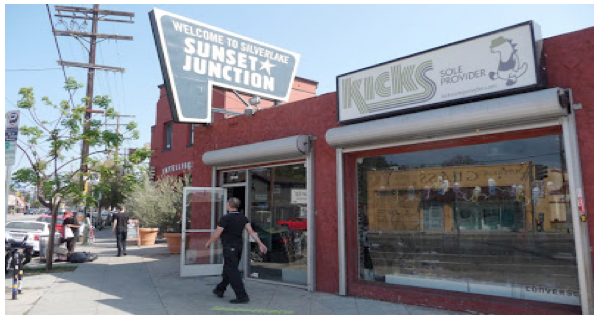
 Silver Lake residents are concerned that the mega-project by
Silver Lake residents are concerned that the mega-project by 
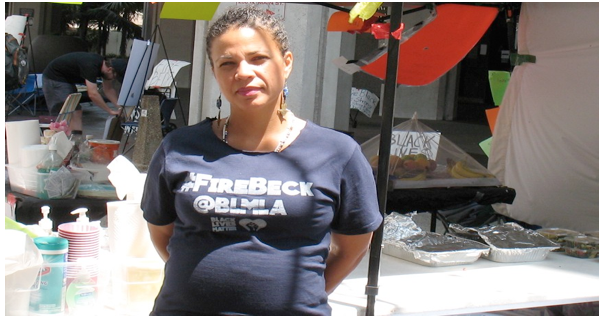
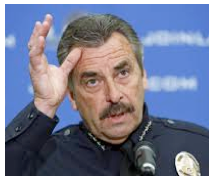 In addition to calling for Beck’s removal (BLM says he leads the nation’s most murderous police department), the group’s other demands of the city and its police commission, as stated in a flyer distributed on site, are:
In addition to calling for Beck’s removal (BLM says he leads the nation’s most murderous police department), the group’s other demands of the city and its police commission, as stated in a flyer distributed on site, are: 














